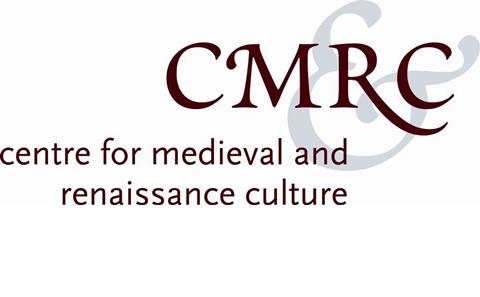House and Home in Medieval Fustat, Egypt: Mediating Archaeology and Text Seminar

- Time:
- 18:00
- Date:
- 7 November 2016
- Venue:
- Avenue Campus, Room 65/1143. All welcome, refreshments provided.
For more information regarding this seminar, please email Anthony Ossa-Richardson at ajr1g15@soton.ac.uk .
Event details
In the 10th century AD the Egyptian city of Fustat was likely the most populous city in the Islamic world—a centre for trade and production that was home to Muslims, Christians and Jews. Two exceptional sources allow a detailed glimpse into the social realities of life in this medieval city, and into the very homes of its residents. The first is the various large-scale archaeological excavations of Fustat, which have revealed entire neighbourhoods of houses abandoned during the metropolis’ decline in the 11th and 12th centuries. The second is the Cairo Geniza, a medieval repository of writings belonging to one of Fustat’s Jewish communities, whose personal letters and official documents paint a colourful picture of individual inhabitants, families, social institutions and material goods. While these two sources, historical and archaeological, offer many potential insights into domestic life in the city, they differ significantly in terms of scope and content. To what extent is it possible to reconcile them in order to form a comprehensive picture of the Fustat home?
Speaker information
Matthew Harrison,completed a BA in Archaeology and Anthropology at University of Cambridge in 2007. I then worked in commercial archaeology before beginning a masters in Archaeological Computing at the University of Southampton in 2010. I am now undertaking a PhD with the ACRG focussing on the visualisation and analysis of medieval Cairo, with particular emphasis on simulating movement, visibility and acoustics. My research interests include procedural modelling, visualisation of ancient cities, the visualisation of uncertainty in archaeological reconstructions, medieval and Roman urbanism, the archaeology of early Christianity and Islam.